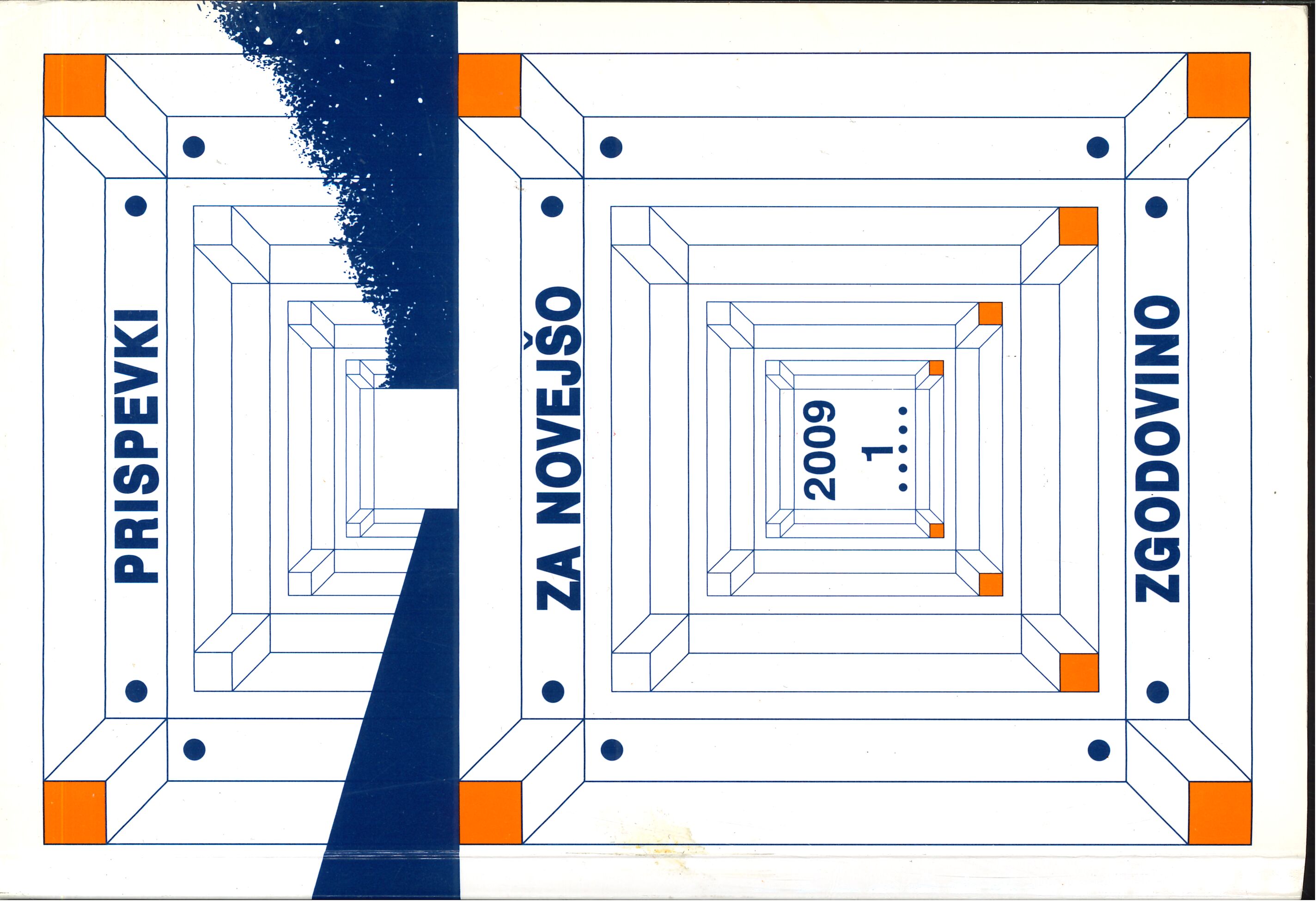"Slovenski" prostor na Ogrskem po obnovi ustavnega življenja. Značilnosti (ne)demokratizacije in (ne)pluralizacije na levi strani Mure (1861-1918)
Ključne besede:
habsburška monarhija, Ogrska, Prekmurje, politična zgodovina, demokracija, nacionalizemPovzetek
V prispevku avtor analizira "slovenski del" Ogrske po obnovi ustavnega življenja v habsburški monarhiji v luči demokracije in demokratizacije družbe, ko se je tudi nacionalizem vse bolj uveljavljal v političnem življenju. Avtor je pokazal, da je nacionalizem med "Slovence" na levi strani Mure prodiral mnogo počasneje kot med tiste na desni strani reke. Povezava med obema bregovoma je obstajala že od šestdesetih let 19. stoletja naprej, vez pa so "narekovali" slovenski intelektualci iz Kranjske in Štajerske, ki so pravzaprav spoznavali ljudi onstran Mure. V času demokratizacije je ta ubirala na Ogrskem drugačno pot kot tista v avstrijskem delu monarhije. Če so cislitvanski Slovenci pred prelomom stoletja pridobili to ali ono pravico in svoje slogaške politične začetke "preoblikovali" v moderno pluralno politično strankarsko življenje (na Kranjskem v začetku devetdesetih let, na Štajerskem po prelomu stoletja), pa se "Slovenci" na Ogrskem vse do propada dvojne monarhije niso politično organizirali, pač pa so bili v veliki meri prepuščeni madžarskemu nacionalnemu "valu". O jezikovni in kulturni enotnosti Prekmurcev z drugimi Slovenci lahko dejansko govorimo šele po prvi svetovni vojni.
Prenosi
Objavljeno
Številka
Rubrika
Licenca
Avtorji prispevkov, objavljenih v tej reviji, soglašajo z naslednjimi pogoji glede avtorskih pravic:
- Avtorji ohranijo avtorske pravice, reviji pa odobrijo pravico do prve objave. Delo se hkrati zaščiti z licenco za prosto uporabo avtorskih del (Creative Commons Attribution License), ki drugim osebam omogoča deljenje dela ob priznanju avtorstva in prve objave v tej reviji.
- Avtorji lahko sklenejo ločene dodatne pogodbene dogovore za neizključno distribucijo različice dela, objavljene v reviji, (npr. oddaja v institucionalni repozitorij ali objava v knjigi) z navedbo, da je bilo delo prvič objavljeno v tej reviji.
- Pred postopkom pošiljanja in med njim lahko avtorji delo objavijo v spletu (npr. v institucionalnih repozitorijih ali na svoji spletnih strani), k čemer jih tudi spodbujamo, saj lahko to prispeva k plodnim izmenjavam ter hitrejšemu in obsežnejšemu navajanju objavljenega dela (glej The Effect of Open Access).


